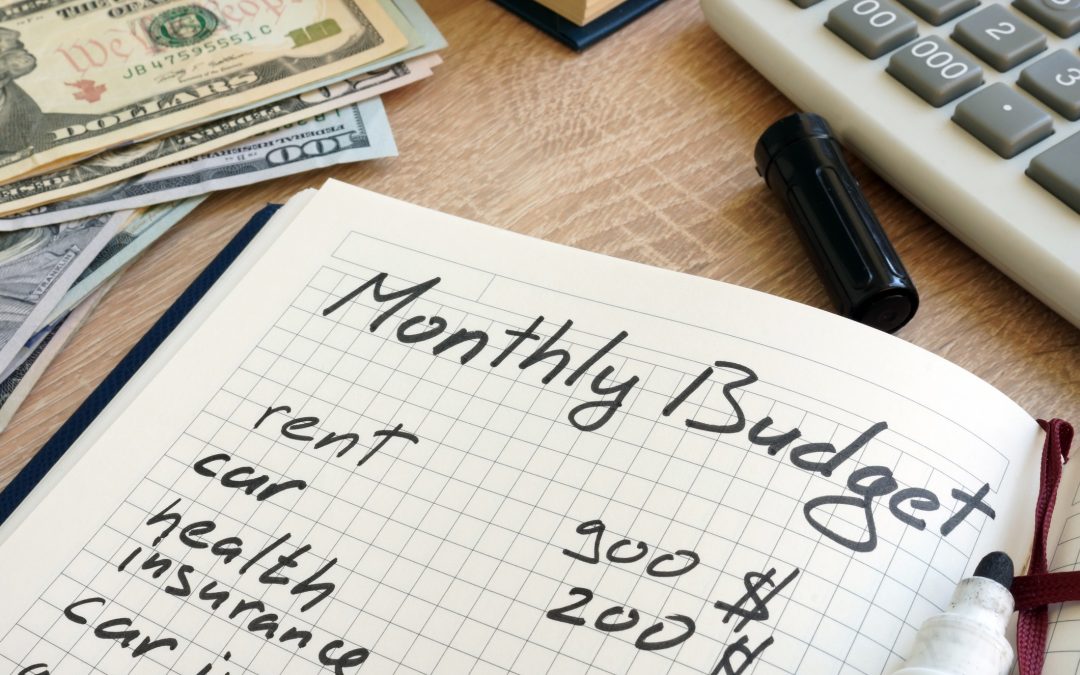Individual financial planning is no small feat—from choosing where to invest your money to planning your estate, there’s just so much to consider. Many money-conscious individuals opt to hire a financial planner to help them draft their personal financial plan.
But hiring help isn’t for everyone. After all, financial planners can be expensive, and if you don’t have much money to begin with, a financial planner can only do so much anyway.
Nevertheless, everyone should have an individual financial plan. So grab the nearest pen and a piece of paper. Here are a few tips on how to write one by yourself.
Assess your current financial situation
To start, you should know not only how much money you’re making but also where it’s going, along with how much you have in assets and liabilities.
Having an overview of your finances, often called a net worth statement, before you start writing your personal financial plan can help you come up with your long-term financial goals and how to prioritize them.
You can use this net worth statement worksheet to help you. If you don’t set clear long-term financial goals, your financial plan won’t hold itself together.
Focus on budget and debt management
Consider your budget and debt management as part of your financial situation assessment at the start of your individual financial planning journey (which you can learn more about in this article).
Subtract your monthly bills, expenses, and debt payments from your income to create your personal budget and find out how much you can put into your savings and investment accounts monthly. This will also help you pay off your debt faster.
Your budget will help you determine which expenses to cut—the wants versus the needs—to grow your monthly savings and to leave you with more money to work into your financial plan.
Focus on paying off debts as you start to save and invest. Paying off debt leaves you with more money to grow later.
Explore investment strategies
Here’s the fun part—where you get to watch your hard-earned dollars grow! Before you start to invest, ask yourself what your risk tolerance is.
Every investment comes with risk, which means that you might lose money no matter where you invest it. However, investments are graded by their level of risk.
Low-risk investments mean you’re much less likely to lose money investing in them than you would in high-risk investments, but your returns won’t be as great. Low-risk investments are fantastic options for financial planning individuals with short- to medium-term financial goals.
On the other hand, high-risk investments have a greater potential for higher returns, but you may lose more money investing in them. These types of investments are more attractive among aggressive, high-earning investors with long-term financial goals.
Use your tolerance to risk to help you find the right investment strategy for your financial goals.
But consider this
Don’t forget your retirement savings and estate plan. How you want to save for retirement and how much money in assets you want to leave to your loved ones in your estate plan are considerations you have to make when exploring investment strategies.
A quick rule of thumb is the more money you need for retirement and your estate plan, the more aggressive your investment strategy should be.
That means you may want to consider concentrating on higher-risk investments, such as high-yield bonds and foreign emerging markets, for greater returns.
The bottom line
Now that you have a personal financial plan, ask someone you trust look over your plan with you to make sure you haven’t left anything out. After that, it’s time to put your plan to work!




